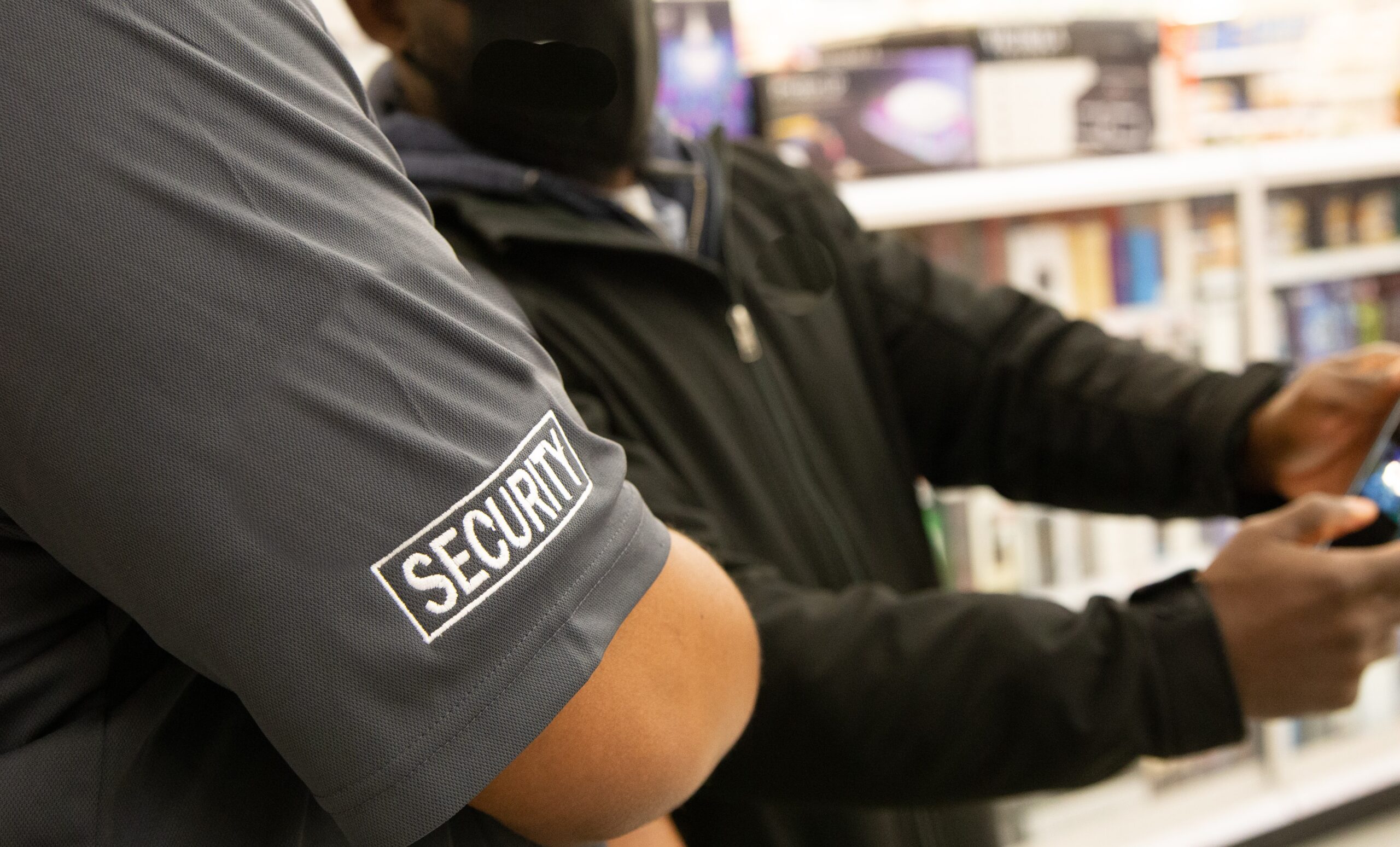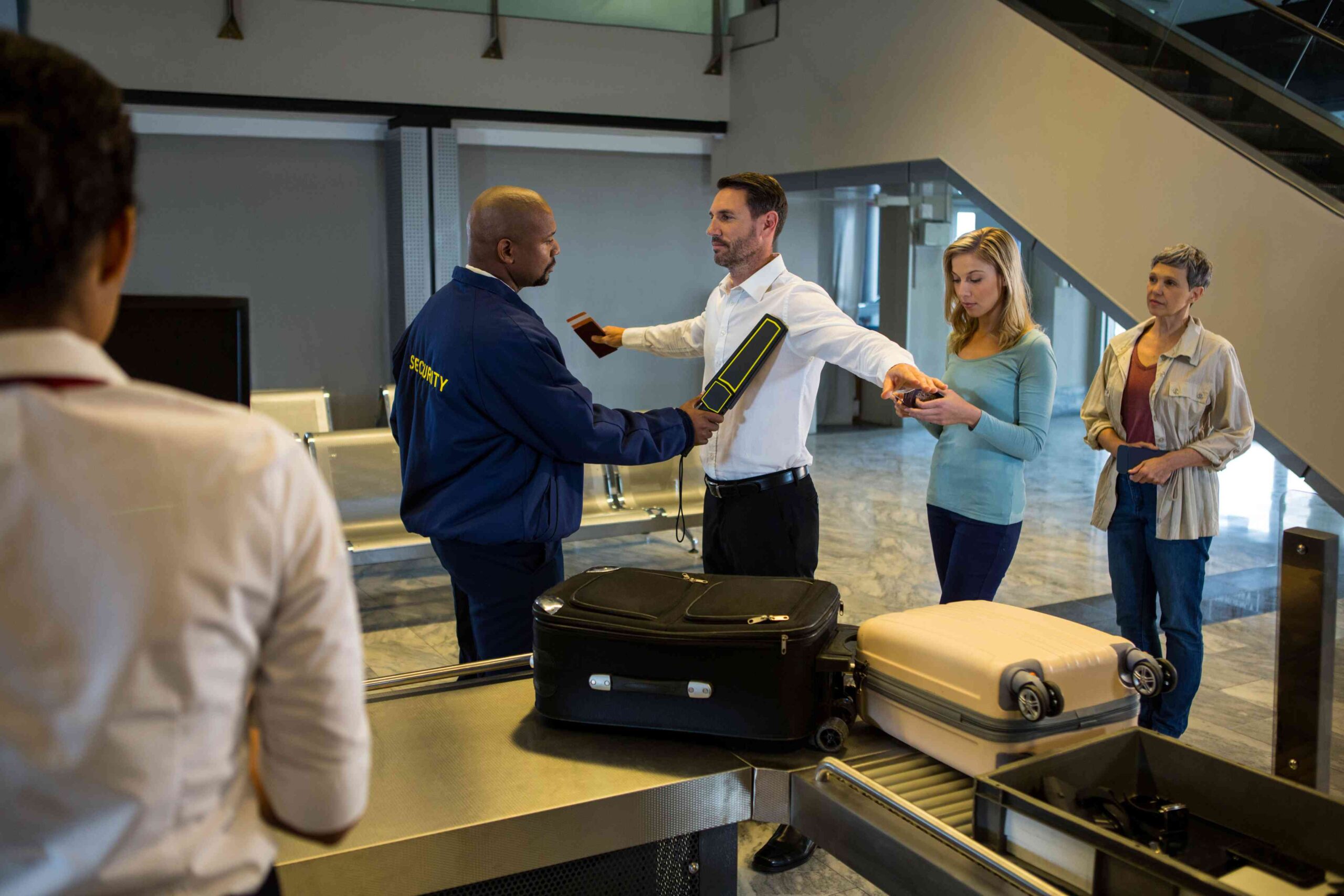Crowd management is a critical aspect of ensuring public safety and order in various settings, including events, protests, and emergency situations. One effective method employed in crowd management is the strategic use of barriers and physical structures. In this comprehensive discussion, we will explore the role of barriers and physical structures in crowd management, their benefits and limitations, as well as best practices for their deployment.
Introduction to Barriers and Physical Structures in Crowd Management
Barriers and physical structures serve multiple purposes in crowd management. They are used to define boundaries, channel crowd flow, prevent unauthorized access, and create safe zones for both the public and security personnel. These structures come in various forms, including metal barricades, fences, concrete barriers, and temporary structures such as jersey barriers and water-filled barriers.
Benefits of Using Barriers and Physical Structures
1. Safety: One of the primary benefits of barriers and physical structures is their ability to enhance safety by creating designated pathways and containment areas for crowds. This helps prevent overcrowding, stampedes, and trampling incidents, reducing the risk of injuries and fatalities.
2. Crowd Control: Barriers and physical structures enable security personnel to control the movement of crowds effectively. By strategically placing barriers at entry points, exits, and critical junctures, security teams can manage crowd flow, regulate access, and maintain order in high-traffic areas.
3. Security: Barriers act as a deterrent to unauthorized access and intrusion, enhancing security at events, protests, and sensitive locations. Physical structures such as fences and barricades create a perimeter barrier, preventing individuals from breaching restricted areas and protecting assets or infrastructure from vandalism or sabotage.
4. Facilitation of Security Operations: Barriers and physical structures provide a platform for security operations, such as bag checks, security screenings, and ticket verification. By funneling attendees through designated entry points equipped with security checkpoints, security personnel can efficiently screen individuals for prohibited items or threats.
5. Emergency Response: In emergency situations, barriers and physical structures can facilitate evacuation procedures and crowd dispersal efforts. Clear pathways created by barriers enable orderly evacuation, while designated safe zones provide refuge for individuals seeking shelter or assistance during emergencies.
Limitations and Challenges
While barriers and physical structures offer several benefits in crowd management, they also pose certain limitations and challenges:
1. Mobility and Flexibility: Fixed barriers and permanent structures may lack the flexibility to adapt to changing crowd dynamics or unforeseen circumstances. This can hinder the ability of security teams to respond quickly to emerging threats or to adjust crowd control measures as needed.
2. Perception and Aesthetics: In some cases, the presence of barriers and physical structures may detract from the aesthetic appeal of an event venue or public space. Moreover, barriers may create a perception of segregation or confinement, potentially leading to negative reactions from attendees or the public.
3. Cost and Logistics: The procurement, installation, and maintenance of barriers and physical structures can be costly and resource-intensive, particularly for large-scale events or extended deployments. Additionally, transporting and storing barriers require careful logistical planning and coordination.
4. Risk of Entrapment or Injury: Improperly installed or secured barriers pose a risk of entrapping individuals or causing injuries, particularly in densely packed crowds or during crowd surges. Security personnel must ensure that barriers are installed according to safety standards and regularly inspected for any hazards.
5. Potential for Misuse or Breach: Despite their intended purpose, barriers and physical structures may be misused or breached by determined individuals or groups. Security teams must remain vigilant and prepared to respond swiftly to any attempts to circumvent or compromise the barriers.
Best Practices for Deploying Barriers and Physical Structures
To maximize the effectiveness of barriers and physical structures in crowd control services sydney, security teams should adhere to the following best practices:
- Risk Assessment: Conduct a thorough risk assessment to identify potential security threats, crowd dynamics, and vulnerabilities at the event venue or location. This information will inform the selection and placement of barriers and physical structures.
- Strategic Placement: Place barriers strategically to channel crowd flow, create clear pathways, and delineate secure zones. Consider factors such as entry and exit points, crowd density, sightlines, and emergency access routes when positioning barriers.
- Modular and Adjustable Design: Opt for modular barriers and physical structures that can be easily adjusted or reconfigured to accommodate changing crowd conditions or security requirements. This flexibility allows security teams to adapt to evolving situations and maintain effective crowd control.
- Visible Signage and Communication: Install visible signage and communicate clear instructions to attendees regarding the purpose and use of barriers. Clearly marked entry and exit points, directional signs, and safety instructions help attendees navigate the venue and understand crowd control measures.
- Collaboration with Stakeholders: Collaborate closely with event organizers, local authorities, and other stakeholders to coordinate the deployment of barriers and physical structures. Ensure that security plans align with event logistics, emergency response procedures, and local regulations.
- Training and Coordination: Provide comprehensive training to security personnel on the proper deployment and operation of barriers and physical structures. Foster coordination and communication among security teams to ensure seamless integration of barrier management into overall crowd management strategies.
- Regular Maintenance and Inspection: Conduct regular maintenance and inspection of barriers and physical structures to ensure their integrity and functionality. Inspect barriers for signs of damage, wear, or tampering, and address any issues promptly to prevent safety hazards or security breaches.
Conclusion
In conclusion, barriers and physical structures play a vital role in crowd management, offering numerous benefits in terms of safety, crowd control, security, and emergency response. By strategically deploying barriers and adhering to best practices, security teams can effectively manage crowds, mitigate risks, and ensure the safety and security of attendees, staff, and assets at events, protests, and other public gatherings. However, it is essential to recognize the limitations and challenges associated with barriers and physical structures and to implement appropriate measures to address them, thereby maximizing their effectiveness in crowd management.




